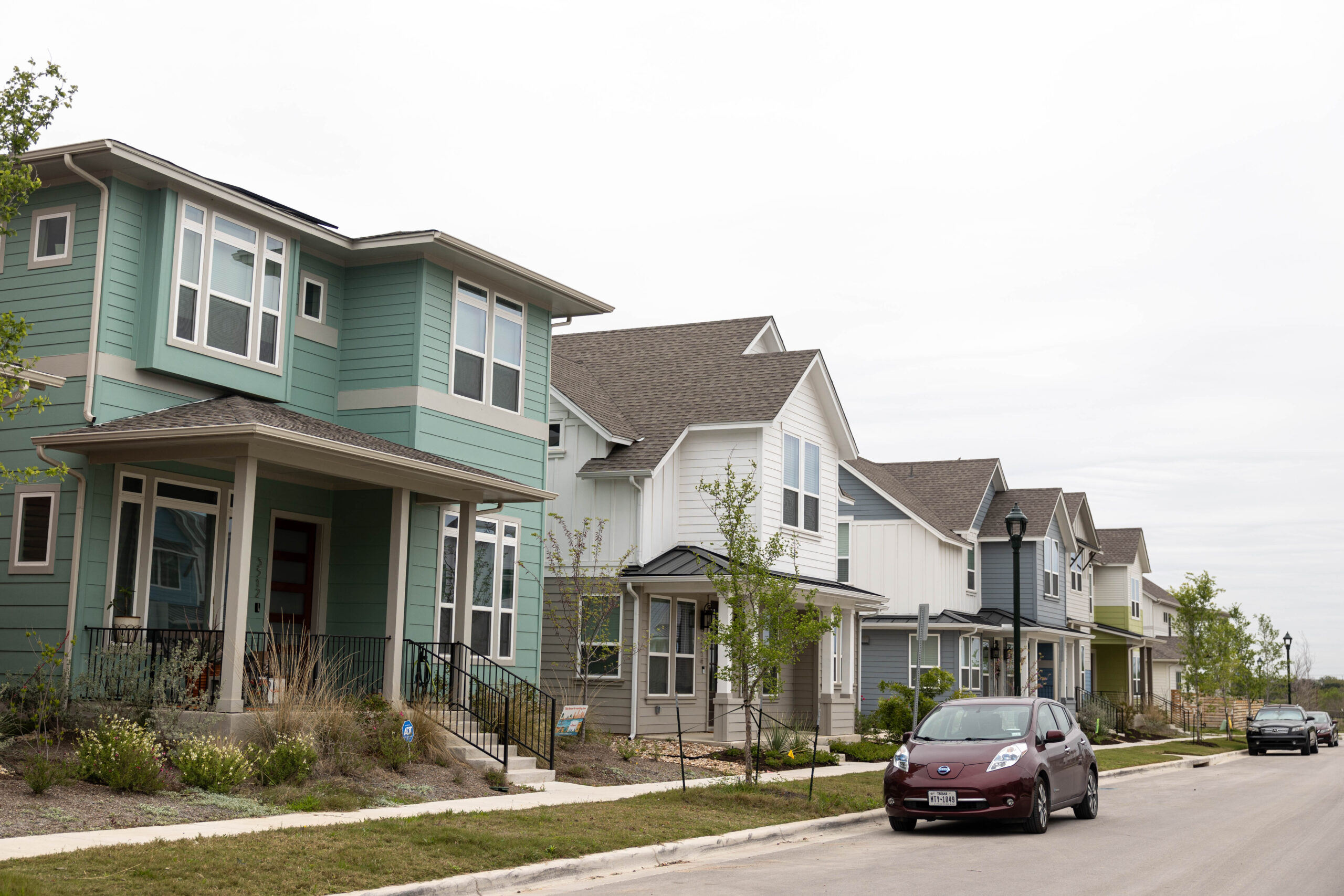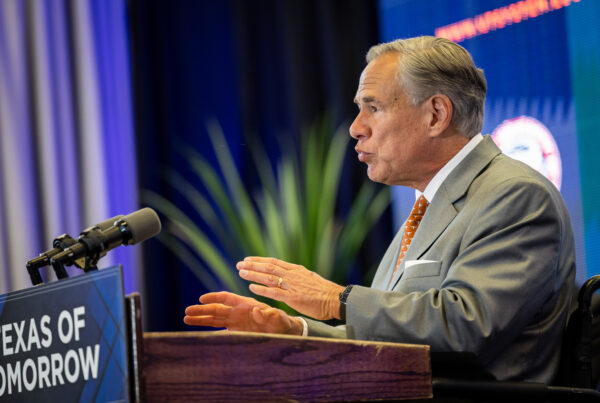Texans went to the polls last week in local elections, voting on everything from bond measures to school board candidates. And in a number of Texas counties, there was a new position on the ballot: Appraisal district board members.
This year, for the first time, Texas voters got a more direct say in who runs the obscure agencies that oversee the property appraisal process, which plays a major role in determining how much a house is worth – and therefore, how much you pay in property taxes.
Renée Cross, the senior executive director of the Hobby School of Public Affairs at the University of Houston, joined the Standard to explain.
This transcript has been edited lightly for clarity:
Texas Standard: Walk us through why these elections are happening. I understand there’s a new state law that requires it – in bigger counties, anyway.
Renée Cross: Yes, that’s exactly right. This actually began during the last legislative session under Senate Bill 2, which was an effort to lower the property tax burden on Texas owners. This measure attacked lowering property tax appraisals in several different ways.
One that most people probably heard of was increasing the homestead exemption from $40,000 to $100,000. But the one that didn’t get perhaps as much attention was how we actually select these appraisal district board members.
In districts with populations over 75,000 – which, out of 254 counties in Texas, this actually affects 50 counties – the public now gets to vote for three of the appraisal district board directors. There are nine total, one being the tax assessor-collector. Five were appointed as they were previously, and now three are elected.
These appraisal district board members, however, do not make the decisions regarding the actual property values – and that can’t be stressed enough, I believe, because this is part of the confusion. What they do is hire the chief appraiser. But the most important part is they appoint the appraisal review board members, who are the ones that actually hear the property valuation challenges.
» GET MORE NEWS FROM AROUND THE STATE: Sign up for Texas Standard’s weekly newsletters
So this was part of, as you said, the Texas Legislature’s proposal to lower property taxes. But as you also said, that’s not really in the power of these elected positions. Are there downsides to letting voters have a say in appraisal district leadership?
Well, some of the criticism is, first of all, that there was lack of information about this aspect and there has been little to no education about it since then and certainly prior to this May 4th election – which that in itself also garnered criticism, because why didn’t we wait until, you know, November, when we would have a higher turnout?
And, the thought is, now, if we’re going to have elected district board members, we are now going to bring politics into the process. On the other hand, politics is certainly part of the process regardless, because the local governments actually set the tax rates. So our city council members our county commissioners and so forth, they’re the ones that are actually setting the tax rate. So voters did have and do have some say in the matter.
Did you notice any patterns as to who won or how things went?
Well, you could certainly say this wasn’t an election for the brag list in terms of turnout. For example, in Harris County, which of course, is the largest county in the state of Texas, the turnout was barely 2%. Dallas County had turnout of over 5%, but they had a bond election on the ballot. Bexar was right below 3%, and Travis at 6%.
So, again, even though property taxes are one of the most frequently stated policy concerns that local and state surveys show, we had very little participation.














